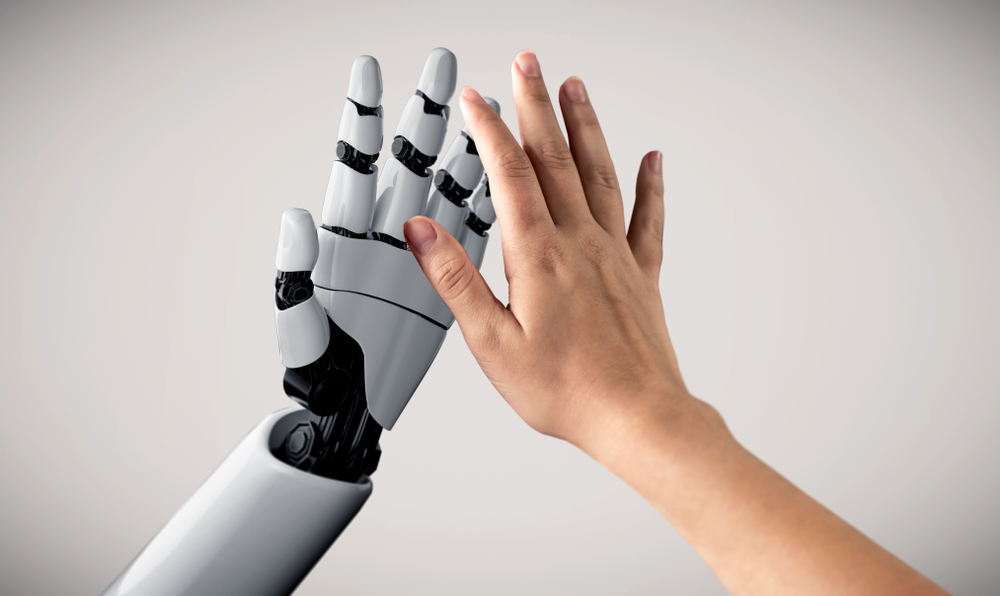At present, the Massachusetts Institute of Technology (MIT) has asserted that replacing human labor with artificial intelligence (AI) remains economically unviable. This conclusion emerged from a comprehensive MIT study addressing concerns about AI’s potential dominance in various industries.

Evaluating Viability Across Professions: Analyzing the Economic Feasibility of AI Integration
The MIT study delved into the economic attractiveness of automating diverse tasks in the United States. Focusing on professions such as teaching and real estate appraisal, where computer vision is essential, the study revealed that only 23% of these roles could be effectively replaced by AI. The comparison between salaries and the expenses associated with implementing visual recognition technologies highlighted that, in most cases, human involvement remains the more cost-effective option.
The Rapid Adoption of AI: Unveiling the Current Landscape
Over the past year, the adoption of AI technologies has surged, driven by innovations like OpenAI’s ChatGPT and other generative algorithms showcasing the potential of neural networks. Major technology companies globally have embraced AI, raising concerns about widespread job losses. However, the MIT study clarifies that, contrary to fears, the economic feasibility of replacing humans with AI is limited, particularly in the realm of computer vision.
Optimal Implementation in Select Industries: Maximizing Cost-Benefit Ratios with Computer Vision
Computer vision, a technology enabling machines to extract information from visual data, finds optimal cost-benefit ratios in industries like retail, transportation, and warehousing. While only 3% of tasks across 800 professions can currently be automated with AI systems and computer vision, researchers project this figure could reach 40% by 2030 with advancements in accuracy and reduced data usage costs, notes NIXSolutions.
In conclusion, the MIT study offers valuable insights into the evolving landscape of AI and its impact on the workforce. While concerns persist, the economic realities suggest that the widespread replacement of human labor with AI, particularly in the realm of computer vision, remains a complex and evolving challenge.
